Singing!
Singing birds can now be heard on most mornings: chickadees, titmice, Carolina wrens, cardinals and robins have been singing for most of February, while woodpeckers have started drumming and calling more frequently. Eastern bluebirds have also been heard singing recently and on Feb. 24, I heard the first “correct” song from a song sparrow; before that I had been hearing only small fragments of their song.
We do not hear fox sparrows very often — they do not nest here — but Matt Pelikan reports that he heard the fox sparrow that visits his feeder singing on Feb. 26. He also reports that a white-throated sparrows showed up on Feb. 25. And although I cannot call it a song, Thaw Malin reports a woodcock peenting at the frisbee golf course on Feb. 24.
Perhaps the strangest sight in a while was reported by Lisa Maxfield. On Feb. 25, she had a sanderling walking and sliding around on the snow and ice under trees in her wooded backyard near Brush Pond. They belong along the tidal flats, not woodlands. Her much more appropriate sightings that day were a great blue heron along Brush Pond and a yellow-rumped warbler at her feeder.
Starlings are really common and widespread but that does not mean that they are everywhere. Allen Slater had a European starling visit his feeder for first time on Feb. 26. Usually common are American goldfinches, though they seem to be scarce this winter. Douglas Williams saw a goldfinch at his feeder on Feb. 23.
Other feeder reports include a red-breasted nuthatch observed at Wasque by Shea Fee on Feb. 24. On Feb. 25, Thaw Malin and Cynthia Bloomquist had a hermit thrush, fox sparrow, dark-eyed juncos and white-throated sparrows at their feeders.
Ruddy ducks are not at all common but every winter they can be found on Squibnocket Pond, and occasionally elsewhere around the Island. Matthew Born spotted a flock of five ruddies from Lobsterville on Feb. 23. He has birded the Lobsterville area quite a bit recently and his highlights include a flock of five tree swallows on Feb. 27, 75 common eiders packed into Menemsha Channel, two greater yellowlegs, snowy owl, bald eagle, common raven, catbird, hermit thrush and two grackles.
On Feb. 25, Olsen Houghton visited the northern end of Crystal Lake and spotted ring-necked duck, gadwall, common goldeneye and the female shoveler that has been there since late December. Jeff Peters found a Barrow’s goldeneye on the West Chop side of Vineyard Haven Harbor on Feb. 23, the opposite side of the harbor from its usual haunts near the drawbridge.
Katama Farm can be counted on to have birds around. John Nelson spotted lots of robins eating worms in the unfrozen ground on Feb. 24. On Feb. 26, Margaret Curtin counted 248 robins in the fields there as well as two killdeer and a northern harrier. She also reports spotting a raven near the Verizon building in Vineyard Haven that day.
It is difficult to distinguish between two species of ducks: lesser and greater scaup. Distinguishing features are in the shape of the head, the color of the sheen (green or purple) on the male’s head and the amount of white in the outer wing feathers — only visible when they flap their wings. There is a flock of scaup in Oak Bluffs Harbor that respected birders have identified as lesser scaup, while other respected birders have called them greater scaup. Which is correct? Or are both species present? Who said identification of birds was easy?
The Great Backyard Bird Count turned 25 with this year’s event, which took place from Feb. 18 to Feb. 21. It is not organized the way the Christmas Bird Count is, as birders are not assigned territories to cover; rather, participants count birds whereever they want to. Because of this, we missed species such as bald eagle, screech owl, fish crow, golden-crowned kinglet, catbird and eastern towhee. But the 22 participants found 80 species, and we all had fun.
Here is the list of species observed: Brant, Canada goose, mute swan, gadwall, American wigeon, American black duck, mallard, northern pintail, ring-necked duck, greater scaup, lesser scaup, common eider, harlequin duck, surf scoter, white-winged scoter, black scoter, long-tailed duck, bufflehead, common goldeneye, Barrow’s goldeneye, hooded merganser, red-breasted merganser, ring-necked pheasant, wild turkey, red-throated loon, common loon, horned grebe, double-crested cormorant, great cormorant, great blue heron, black-crowned night heron, turkey vulture, northern harrier, Cooper’s hawk, red-tailed hawk, greater yellowlegs, sanderling, purple sandpiper, American woodcock, ring-billed gull, herring gull, great black-backed gull, rock pigeon, mourning dove, snowy owl, belted kingfisher, red-bellied woodpecker, yellow-bellied sapsucker, downy woodpecker, hairy woodpecker, northern flicker, blue jay, American crow, black-capped chickadee, tufted titmouse, red-breasted nuthatch, white-breasted nuthatch, brown creeper, Carolina wren, eastern bluebird, hermit thrush, American robin, northern mockingbird, European starling, snow bunting, pine warbler, yellow-rumped warbler, American tree sparrow, field sparrow, fox sparrow, dark-eyed junco, white-throated sparrow, savannah sparrow, song sparrow, northern cardinal, red-winged blackbird, common grackle, house finch, American goldfinch and house sparrow.
Please email your sightings to birds@mvgazette.com.
Robert Culbert is an ecological consultant with Nature Watch LLC living in Vineyard Haven.

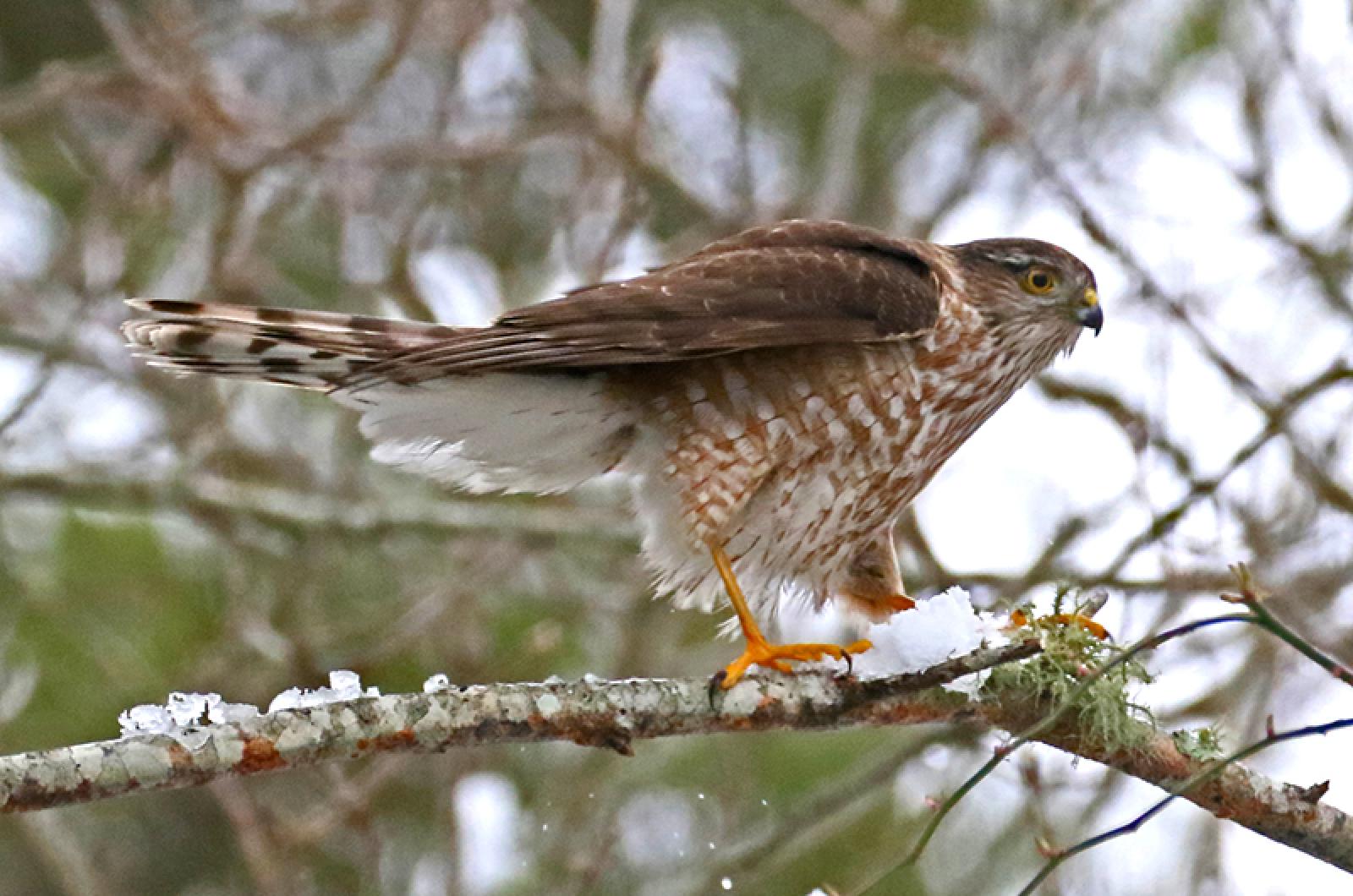
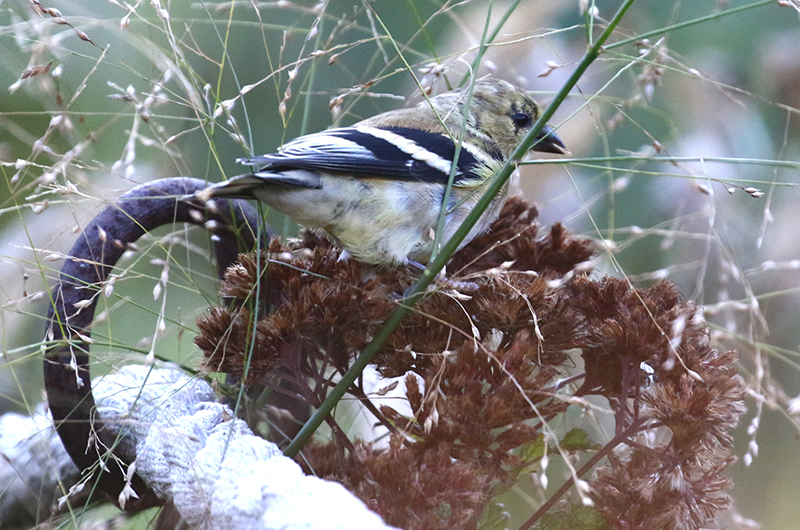
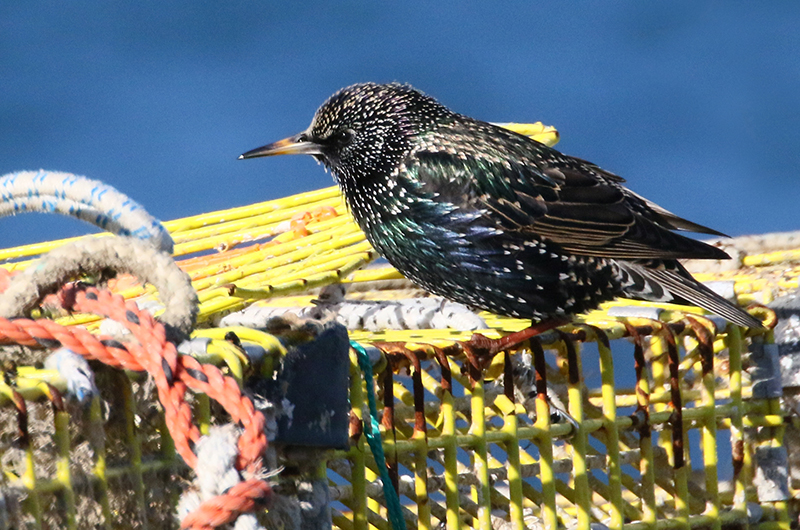
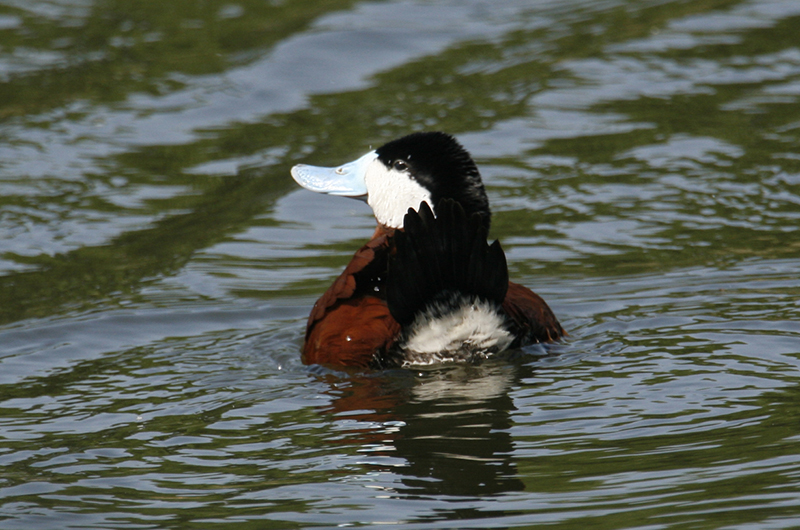
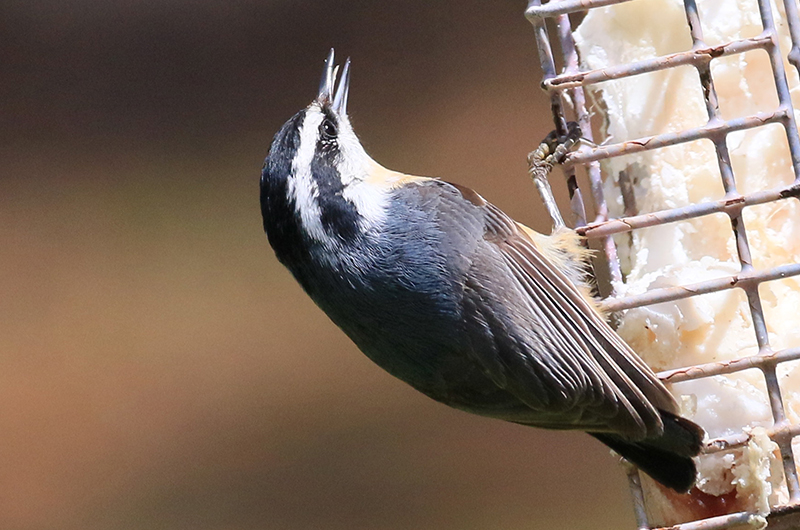





Comments
Comment policy »